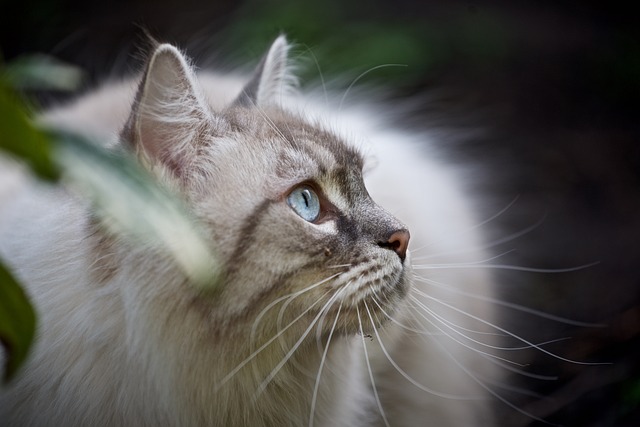Tips for Grooming Your Long-Haired Cat
Grooming your long-haired cat is a crucial part of maintaining their overall health and appearance. Regular grooming can help prevent matting, tangling, and hairballs, while also strengthening the bond between you and your feline friend. In this article, we’ll provide you with expert tips on how to groom your long-haired cat effectively.
Understand Your Cat’s Grooming Needs
Your cat’s grooming needs depend on their individual characteristics, such as coat length, texture, and health. For example, cats with longer coats require more frequent brushing to prevent matting, while those with shorter coats may need less frequent grooming. Additionally, cats with certain health conditions, such as skin allergies or fleas, may require special grooming attention.
To determine your cat’s specific grooming needs, observe their behavior and body language. Watch for signs of stress or discomfort during grooming, such as squirming or trying to hide. Also, pay attention to any changes in their coat condition, such as dullness, dandruff, or excessive shedding.
Choose the Right Grooming Tools
The right grooming tools can make all the difference in effectively grooming your long-haired cat. Here are some essential tools you’ll need:
- Furminator or similar deshedding tool to remove loose hair and prevent matting
- Wide-tooth comb or slicker brush for gently detangling and smoothing the coat
- Slicker brush with fine teeth for removing tangles and mats from specific areas of the coat
- Grooming gloves for gentle, stimulating massage
When selecting grooming tools, consider your cat’s individual needs and preferences. For example, if your cat is particularly sensitive or anxious, you may want to start with gentler tools and gradually introduce more intense ones.
Brush Your Cat Regularly
Brushing your long-haired cat regularly can help prevent matting, tangling, and hairballs. Here’s a step-by-step guide on how to brush your cat effectively:
- Start with gentle, short sessions of brushing (5-10 minutes) to help your cat become comfortable with the process
- Work in small sections, gently detangling and smoothing the coat as you go
- Be patient and take regular breaks to avoid overwhelming your cat
- Use a wide-tooth comb or slicker brush for general brushing, reserving slicker brushes with fine teeth for more intense work
Care for Your Cat’s Paws and Face
Your cat’s paws and face require special care during grooming. Here are some tips to keep in mind:
- Trim your cat’s nails regularly to prevent overgrowth and cracking
- Clean your cat’s ears weekly with a gentle ear cleaner to remove wax and debris
- Use a soft, damp cloth to wipe away dirt and debris from your cat’s face, avoiding the eyes and mouth
Summarize Key Points
To summarize, grooming your long-haired cat requires regular brushing, careful attention to their coat condition, and special care for their paws and face. By following these expert tips, you can help maintain your cat’s overall health and appearance.
Conclusion
Grooming your long-haired cat is a rewarding experience that not only strengthens the bond between you and your feline friend but also helps prevent common grooming issues. By understanding your cat’s individual needs, choosing the right grooming tools, brushing regularly, and caring for their paws and face, you can help keep your long-haired cat looking and feeling their best.

